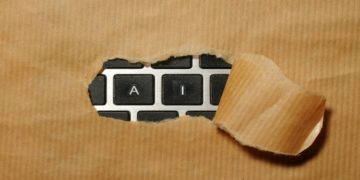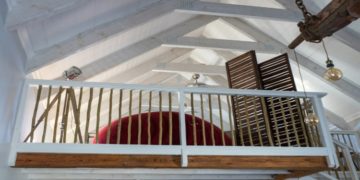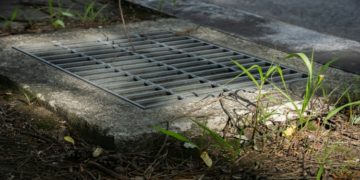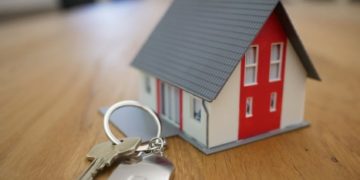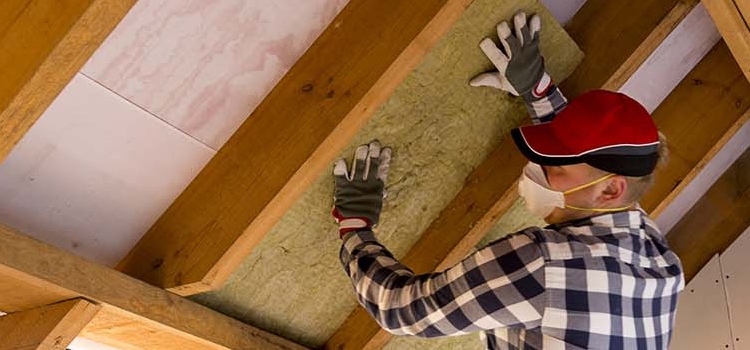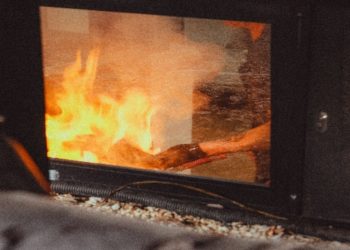Not all roof problems begin with a storm or a fallen tree. Some start with small, seemingly harmless habits—decisions made in the name of convenience or cost-saving that quietly chip away at your roof’s health.
These are the mistakes that go unnoticed until something leaks, collapses, or rots. And by then, the fix isn’t simple.
Understanding these everyday behaviors is the first step toward protecting your home. Let’s take a closer look at the habits homeowners adopt—intentionally or not—that end up compromising the most important layer of protection their home has.
1. Ignoring Gutters Because “They’re Fine for Now”
Gutters are rarely urgent—until they’re the reason your roof is falling apart. Clogged, sagging, or disconnected gutters push water where it shouldn’t go: under shingles, behind fascia boards, or down into your foundation.
One of the most common sources of chronic roof damage isn’t a faulty shingle or a storm—it’s poor drainage.
A regular habit of checking gutters, particularly after storms or in autumn, is essential. Gutter installation might not be a top-of-mind expense, but well-fitted and maintained gutters act as your roof’s support system.
Skip the ladder this year? You might be creating next year’s leak.
2. Putting Off Inspections Because Nothing Looks Wrong
If it’s not leaking, why check it? That’s a dangerous logic.
Roof issues often start small and grow slowly. By the time a problem is visible from inside the home, the damage has already worked its way through layers of structure.
A roof inspection doesn’t need to be dramatic. Even a quick annual checkup by a qualified roofing company can catch:
- Nail pops
- Flashing separation
- Early-stage rot or mold
- Material fatigue from UV exposure
Homeowners who wait for visual damage often find themselves dealing with more than just roof repair—they’re paying for drywall, insulation, or attic remediation as well.
One client of AG Exterior Solutions shared that their inspection revealed hidden moisture under a large section of shingles—something they never would have seen from ground level.
3. Walking on the Roof (Especially in the Wrong Shoes)
It might feel satisfying to get up there and take a look yourself, but walking on your roof can cause more damage than it prevents—especially if your shoes have hard soles or ridges.
Aside from personal safety risks, foot traffic can:
- Dislodge granules from shingles
- Crack tile or slate
- Loosen flashing or fasteners
Worse, it can void manufacturer warranties on some materials.
Instead, use binoculars or a drone for visuals—or better yet, trust a roofing company equipped with the right gear and experience.
4. Forgetting Ventilation and Insulation Go Hand-in-Hand
Homeowners often think of the attic as a separate space—just storage. But what happens in your attic directly affects your roof above it.
Inadequate ventilation traps warm, moist air inside your attic. That moisture condenses on roof decking, leading to mold, rot, and premature material degradation. It also forces your HVAC system to work harder.
Proper insulation and roof ventilation work together to regulate temperature, control humidity, and reduce strain on the roof system. Skipping this part of roof maintenance creates slow, invisible damage that adds up over time.
5. Using Quick-Fix Patches as Permanent Solutions
Roof sealants, patch kits, and “shingle glue” all have their place—but only temporarily. Too often, homeowners apply a patch and move on, assuming the problem is solved.
But water has a habit of finding the path of least resistance. A minor fix might redirect the flow… for now. Months later, you could be facing trapped moisture, mold, or compromised underlayment.
The most reliable approach? Treat temporary fixes as exactly that—temporary. Schedule a follow-up roof repair as soon as possible to address the root of the issue.
6. Trimming Trees Only After a Branch Falls
Overhanging branches aren’t just a hazard during windstorms—they constantly rub against roofing materials, wearing them down over time. Leaves collect in valleys and gutters, creating moisture traps that lead to rot and algae.
Make seasonal tree trimming part of your home maintenance rhythm—not a reaction to damage.
Even smaller branches brushing against shingles repeatedly can cause granular loss, one of the earliest signs of premature aging in composite roofing.
7. Skipping Maintenance on Newer Roofs
New roofs are designed to last—but not without help. One of the most common mistakes is assuming a recently installed roof is maintenance-free.
Even modern systems benefit from routine care:
- Debris removal
- Sealant touch-ups
- Flashing rechecks
- Fastener inspection for metal systems
AG Exterior Solutions encourages homeowners to treat roof maintenance like dental cleanings: it keeps small issues from becoming painful, expensive ones.
8. Delaying Minor Repairs to “Bundle” With Bigger Jobs
It’s tempting to wait until you have a list of tasks before calling a contractor. But when it comes to roofs, small issues can escalate quickly.
A missing shingle today could be a roof deck repair next month. An unsealed vent can lead to insulation damage or mold. Bundling jobs might feel efficient—but in roofing, time matters more than scale.
A responsible roofing company will tell you: urgent doesn’t mean dramatic. Sometimes, the smallest problems are the most urgent of all.
9. Neglecting the Areas You Can’t See
Rooftop corners, behind chimneys, under solar panels—these spots are out of sight, and often, out of mind. But they’re also where water likes to hide.
Professionals performing a full roof inspection know where to look. They check flashing transitions, under overhangs, and in attic corners for signs of moisture or airflow issues.
Ignoring hidden spaces allows problems to develop in the background, only to appear when the damage is advanced.
Final Thought
A roof is more than a structural element—it’s a system. And like any system, it responds to habits.
The way you treat your roof, inspect it, and respond to small changes determines how long it protects your home and how often you’ll need to spend on major fixes.
Changing these habits doesn’t require a massive investment—just awareness. With regular maintenance, thoughtful inspections, and attention to the signs you might otherwise ignore, your roof can last years longer than expected.
And when you need guidance, consultation, or repair, turning to a knowledgeable roofing company like AG Exterior Solutions can help translate your good habits into real home protection.
Because sometimes, what you don’t do makes all the difference.




